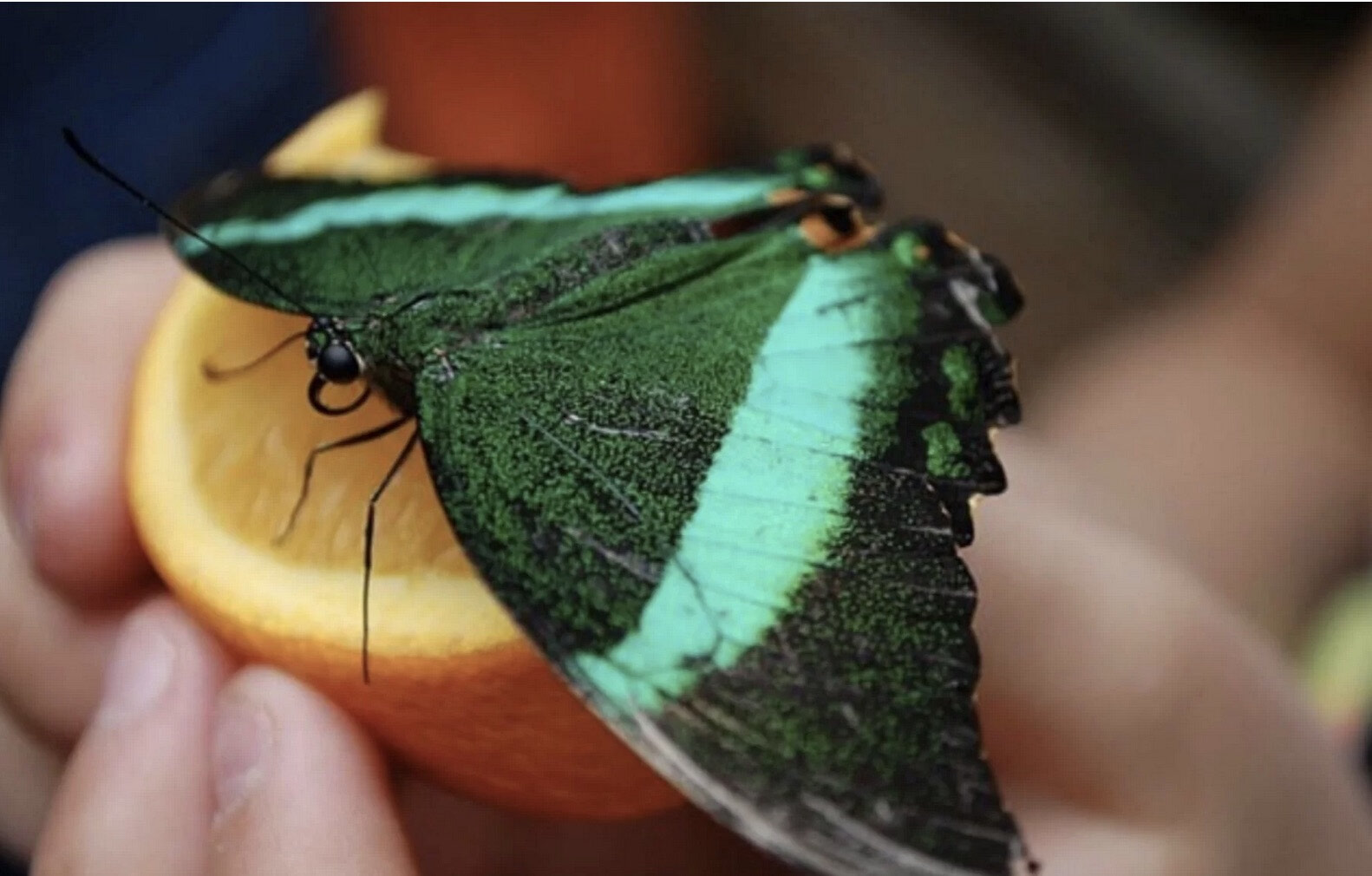Go Native in your garden beds

Gardeners are increasingly interested in incorporating native species of plants in their home gardens.
Happily, right here in the Pontiac, we have a botanist who has made learning about native plants her life mission. Trish Murphy and her partner, basketmaker Michael Peterson, own Beaux Arbres. Located in Bristol, the couple are transforming their heritage property into a native plant nursery where visitors are welcome to drop in, learn about and perhaps purchase native species.
Trish Murphy agreed to answer some questions to help us appreciate native plants.
KF: Trish, how did you become interested in native plants?
TM: My Dad had a great love of the woods and he taught me the plants of the sugar bush, the deciduous forest that he loved best.
KF: What is the definition of a “native plant”? Many wildflowers we see here in North America were introduced -- from the Queen Anne’s Lace to Chicory -- but how can we learn which is introduced, which a native?
TM: A native plant is one that was in North America before colonization, usually taken as about 1600. What is locally native varies with purpose. If you are restoring an important bit of wild area, seed sources within, say, 50 km are appropriate. For gardens, the definition can be more relaxed. As land in the Ottawa Valley is now open and less forested, I often look south and west to the remnant prairies of south-western Ontario for more diversity in flowers for sunny gardens.
KF: Why are natives so important?
TM: The more we learn about ecosystems connections, the more we realize how important native plants are. The specialization of butterfly and moth caterpillars -- monarchs on milkweeds, for example -- is beginning to be appreciated by ecologically conscious gardeners. It is essential to have lots of caterpillars to feed the young of songbirds. I recently learned that native bees as adults can eat nectar from a variety of sources, but they need to feed their young, their larvae, on pollen from specific native plants. But one of the greatest advantages of natives is how much they add diversity and beauty to the garden. The heat-loving prairie species peak in late summer, when gardens which rely on traditional garden plants, often from Europe, are struggling in the heat
KF: Is it okay to dig up native plants when we see them growing in the wild?
TM: It is never okay to dig up from someone else’s land without permission. On your own land, a little research will tell you whether a plant takes to cultivation - if it doesn’t, leave it be and enjoy it in the wild. Orchids and plants from specialized habitats - fens, sphagnum bogs, cliff faces, for example - should always be left where they are. I sell no plants dug from the wild. When buying native plants, look for the words “Nursery Propagated”. The slow-growing woodland plants - trilliums especially - are most likely to have been unscrupulously wild-collected for sale.
KF: Learning about individual native species is key, so we gardeners know where to plant them. What resources can you recommend we turn to? The Macnamara Field Naturalists’ Club (mfnc.ca) is a great source, as is the Ottawa Field Naturalists’ Club (ofnc.ca). And, the Canadian Wildlife Federation has a backyard habitat certification program which will be of interest to some gardeners (cwf-fcf.org)
TM: A great book is Growing and Propagating Wildflowers of the United States and Canada by William Cullina of the New England Wildflower Society. But, there is nothing better than participating in field trips, organized by the Field Botanists on Ontario (FBO) or by local naturalist groups.
KF: Please tell us a bit about Beaux Arbres, your ongoing, growing project. Can you tell us about the different zones you have, such as meadow, rock, swale, old (farm) field, orchards, vegetable gardens?
TM: Beaux Arbres was settled and cleared for farming about 1840 and was in the Smith family until 1960. The land is poor, infertile sand, with rock outcrops. More recently, Michael kept a few goats. Much of the land now is in early succession, sumacs and brambles and common juniper. This gives me a great deal of freedom to garden, without worrying that I may be negatively affecting an intact native ecosystem. It also meant that the land close to the house and barn did not have much species diversity.
I have created a rock garden on one of the rock outcrops, and we dug a swale to direct snowmelt and storm water away from the barn and planted it with meadow species. Near the pond, we planted a meadow based on the native grass Little Bluestem. Last summer, I started a woodland garden that slopes toward a seasonal stream. This year has been challenging because everything has been so wet for so long. The vegetable garden just hasn’t happened this year.
KF: Beaux Arbres is part of the Gardens and Gifts Tour on August 5, 6. Where can we get information?
TM: On August 5 and 6, six Pontiac gardens are part of a self-drive, free tour (donation to Canadian Wildlife Federation appreciated). Be inspired by the gardens, bring questions, and meet local artists selling their artworks -- and other items -- on site. Information and map? Go to gardensandgifts.blogspot.ca.
KF: Thanks so very much for your insights, Trish!
Photo: Alana Repstoc

